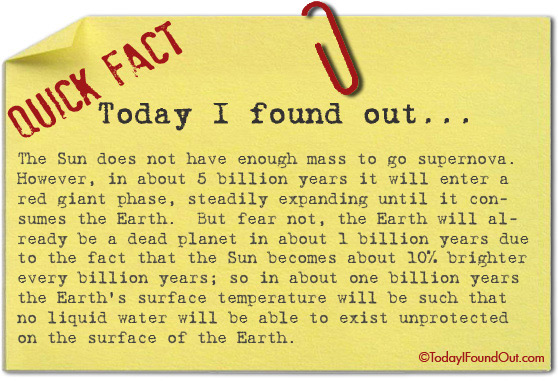

But beyond Neptune, in the outer solar system, orbital inclinations are considerably higher.

Inclinations and Eccentricities and Truncations, Oh My!įor the first 30 AU around the Sun (until right around where Neptune orbits) things are relatively “well-behaved”: most planets’ orbital inclinations only differ from each other by 1–2 degrees, and no planet has an inclination of more than 8 degrees. But we needn’t look that far to find deviations like this - our very own solar system exhibits several features that don’t line up, so to speak. A recent astrobite discussed such a case, where an exoplanet was observed orbiting on a completely different plane than the other exoplanets in that same system. So when we find stars with planets that orbit at multiple different inclinations, this raises questions. Since protoplanetary disks are flat, the expectation is that all of the planets and objects orbiting a star that formed out of a protoplanetary disk should orbit on a single plane. Over time, the materials in this disk coalesce to form planets, moons, asteroids, and most other objects you might expect to find near a typical star. Yet not all of the material ends up in the star, and instead forms a flat protoplanetary disk that surrounds the new star. Title: Outer Solar System Possibly Shaped by a Stellar Fly-ByĪuthors: Susanne Pfalzner, Asmita Bhandare, Kirsten Vincke, & Pedro Lacerdaįirst Author’s Institution: Max Planck Institute for Radioastronomy, GermanyĪ star is born from the gravitational collapse of a cloud of gas and dust. We hope you enjoy this post from astrobites the original can be viewed at ! As part of the partnership between the AAS and astrobites, we occasionally repost astrobites content here at AAS Nova. Editor’s note: Astrobites is a graduate-student-run organization that digests astrophysical literature for undergraduate students.


 0 kommentar(er)
0 kommentar(er)
